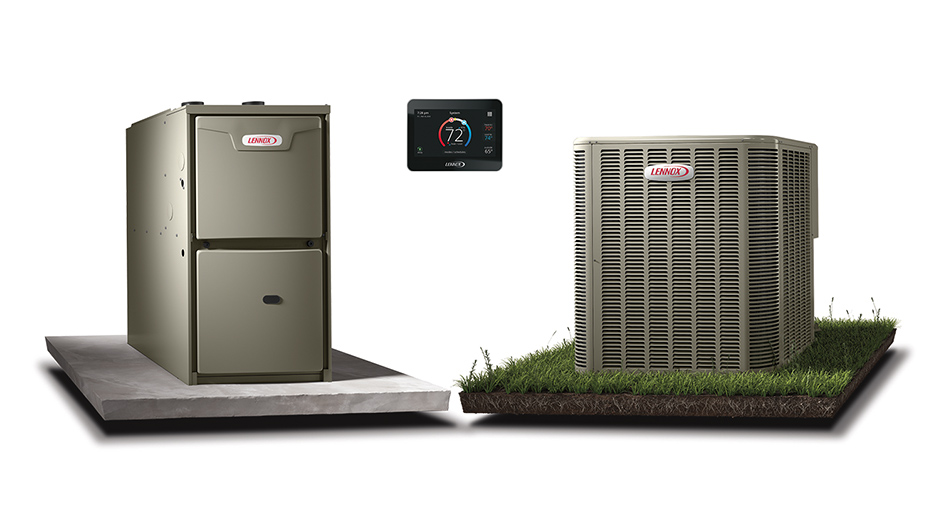
The thought of using both a furnace and heat pump might feel somewhat unusual at first. After all, why would you need two heating systems? Even though furnaces and heat pumps both provide energy-efficient heat, the differences in their design genuinely make installing both of them a reasonable option. It’s not for all of us, but with the right conditions you will definitely benefit from having a furnace and a heat pump.
You should think about several factors in order to confirm if this sort of setup helps you. Your local climate and the square footage of your home are both especially important, especially for the heat pump. This is because many models of heat pumps start to work less effectively in winter weather and larger homes. At the same time, you can still benefit from heat pump installation in Pflugerville.
Heat Pumps Can Be Less Reliable in Winter Weather
Heat pumps are commonly less effective in cooler weather because of how they create climate control to begin with. As opposed to furnaces, which ignite fuel to provide heat, a heat pump reverses its stream of refrigerant to draw heat from outdoor air. This heat is then pulled inside and distributed throughout your home. Provided there is still some heat energy in the air, a heat pump should function. But the cooler the temperature, the less effective this process is.
The less heat energy is available outside, the more time is needed for a heat pump to bring heat indoors to generate your ideal temperature. It may depend on the type of make and model, but heat pumps generally start to lose efficiency at temperatures of 40 degrees and colder. They should still be an energy-efficient option until 20-25 degrees, at which a gas furnace will be more effective.
What Temperatures Do Heat Pumps Work Best In?
Heat pumps work best in temperate climates 40 degrees and up. That said, you don’t have to sacrifice the benefits of a heat pump just because the local climate is colder. As a matter of fact, that’s why installing both a furnace and heat pump may be worth the expense. You can keep the heat pump for energy-efficient heat until the weather is cold enough to justify swapping to something like a gas furnace.
A few makes and models feature greater effectiveness in cooler weather. For example, the Lennox MLA heat pump is capable of operating at 100% capacity at 0°F. It can even continue running in temperatures as low as -22°F. For optimum energy efficiency, you’ll likely still want to use the furnace in especially cold weather.
So Should I Put in a Heat Pump if I Own a Gas Furnace?
If you’re serious about maintaining the most energy-efficient HVAC system achievable, having a heat pump and gas furnace at the same time is worth the investment. Not only is a dual-heating system versatile, but it features other benefits such as:
- Reliable backup heating – A redundant heating system means even if one fails, you still have the ability to heat your home. It won’t always be the most energy efficient, but it’s better than having an unheated home while you sit around for repairs.
- Lower energy costs – The ability to pick which heating system you use based on the highest energy efficiency decreases your total costs. Smaller heating bills over the life of these heating systems can really add up to plenty of savings.
- Less strain on both systems – Instead of running one system all winter long, heating resources are separated between the furnace and heat pump. Essential components can live longer given that they’re not under constant use.
If you’re still unsure about heat pump installation in Pflugerville, don’t hesitate to get in touch with your local expert technicians. They can review your home’s comfort needs and help you figure out if a dual-heating HVAC system is the best option.



